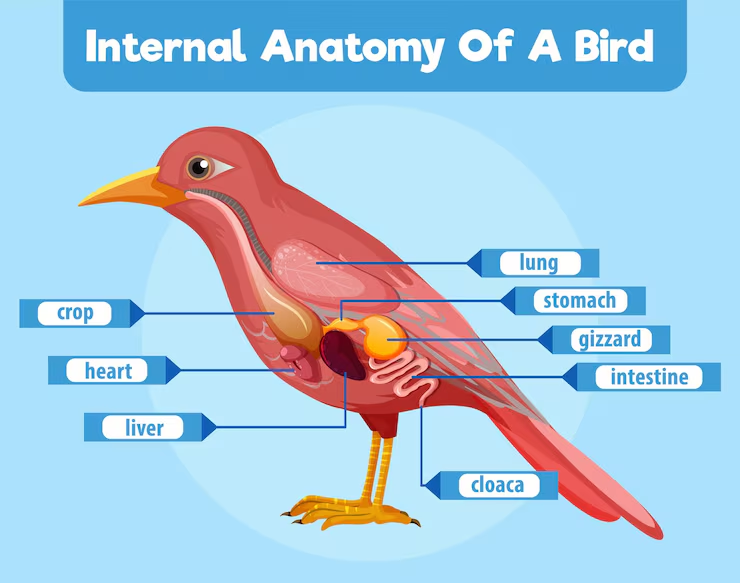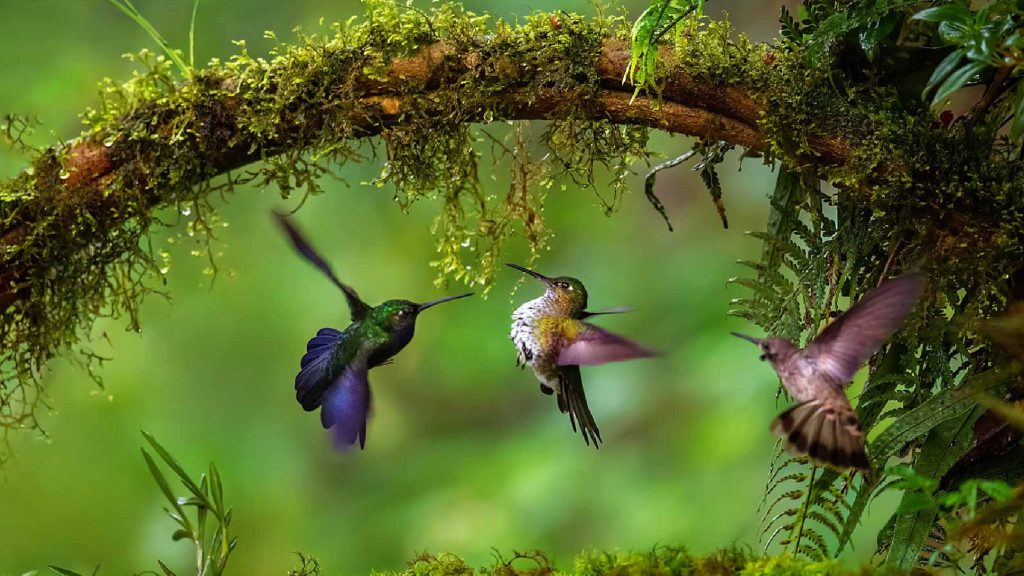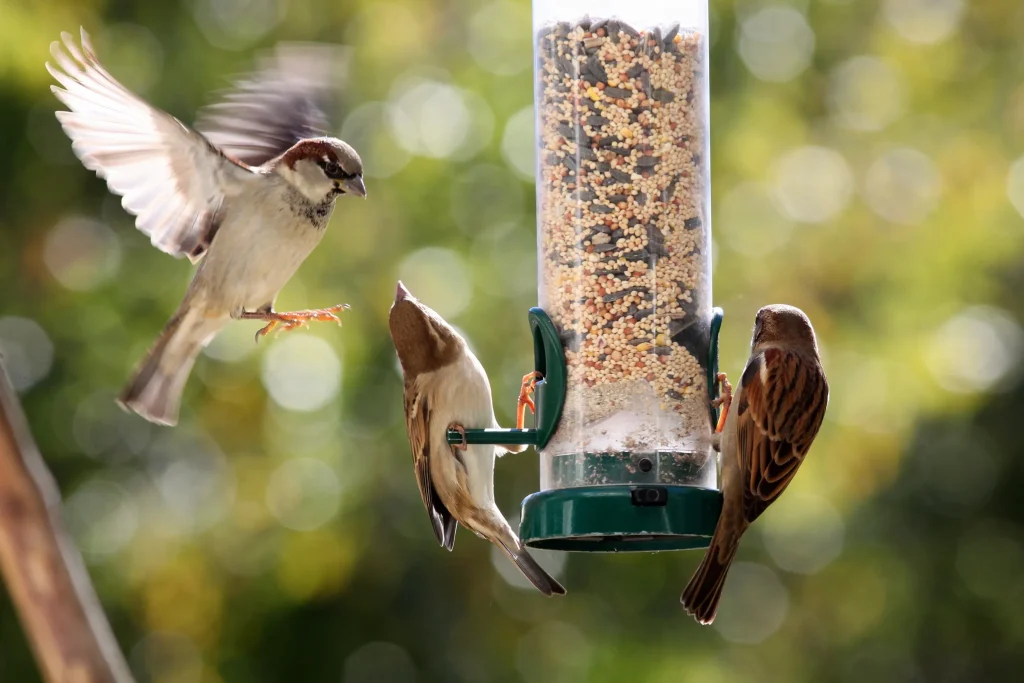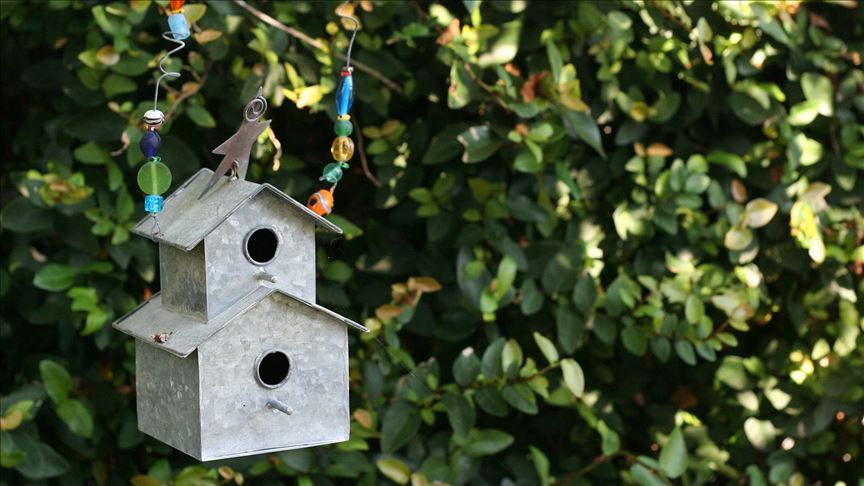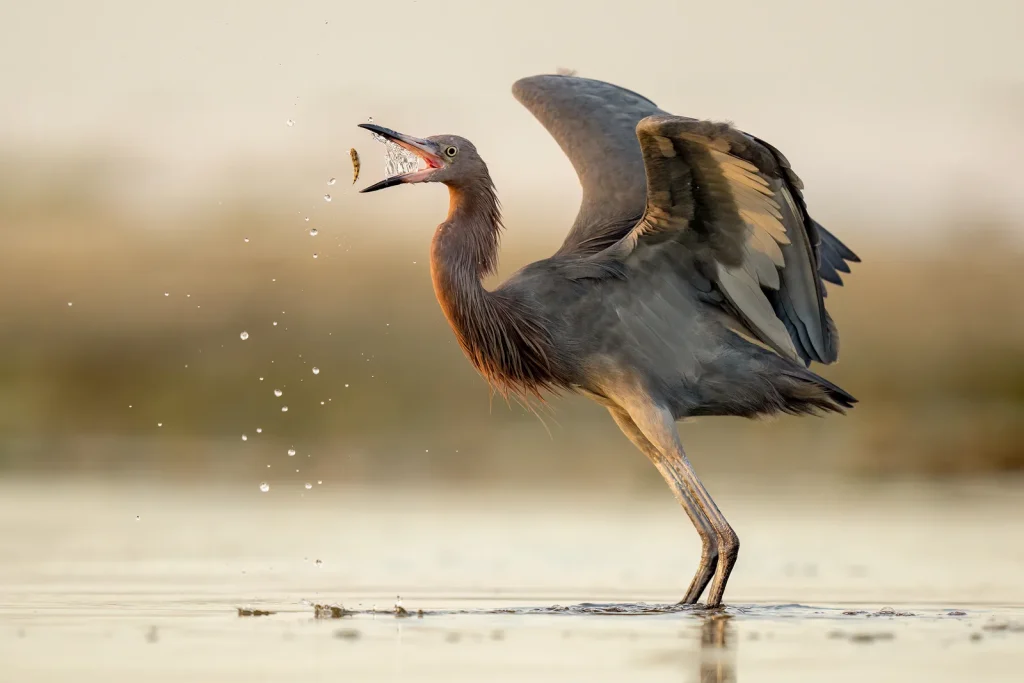If you’ve ever found an injured bird, you know how heartbreaking it can be. Knowing how to treat a wound on a bird quickly and correctly can make all the difference between life and death for your feathered friend.
You might feel unsure or worried about hurting the bird more, but with the right steps, you can help your bird heal safely. You’ll learn simple, clear ways to care for a bird’s wound—giving you the confidence to act fast and make a real difference.
Keep reading to discover the essential tips every bird lover needs to know.
Identifying Bird Wounds
Birds can get hurt in many ways. It is important to spot wounds early. This helps to give the right care fast.
Look closely at the bird’s body and feathers. Check for cuts, swelling, or bleeding. Knowing the type of injury helps in treatment.
Common Types Of Injuries
Bird wounds often come from fights, accidents, or sharp objects. Some injuries are easy to see, while others are hidden.
Here are the common injuries you might find on a bird:
- Small cuts or scratches on the skin
- Broken or bent feathers
- Swollen or bruised areas
- Deep puncture wounds
- Missing feathers with exposed skin
Signs Of Infection
An infection can make a wound worse. Watch for these signs to act quickly:
- Redness around the wound
- Swelling that gets bigger
- Warm skin near the injury
- Discharge or pus coming from the wound
- Bad smell from the injured area
- Bird acting weak or not eating
If you see any of these signs, the bird needs care fast. Clean the wound and keep it dry. If possible, get help from a vet.
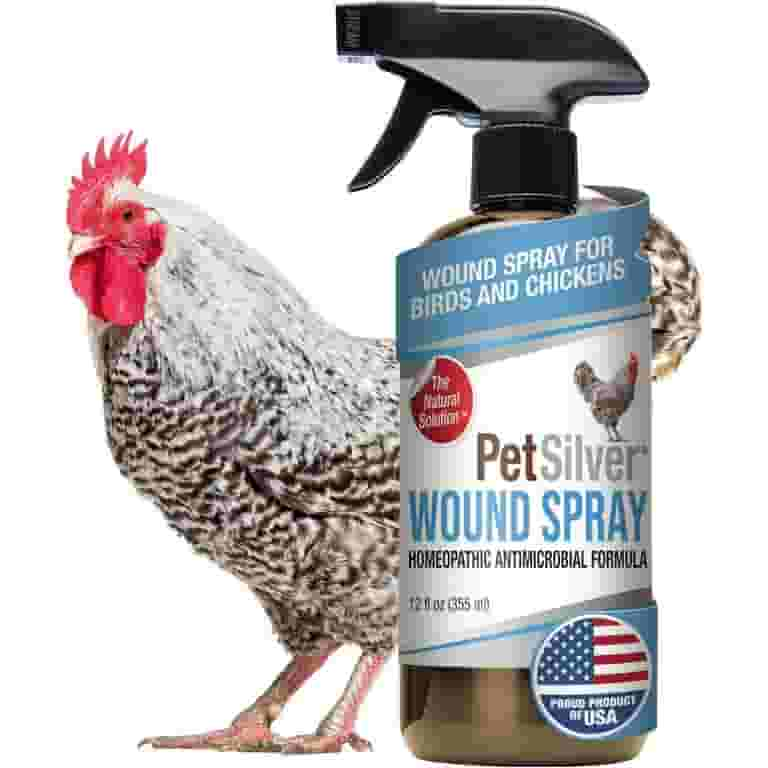
Credit: www.walmart.com
Preparing For Treatment
Treating a bird’s wound requires careful preparation. You must have the right supplies and keep both yourself and the bird safe.
Taking these steps helps the treatment go smoothly and reduces stress for the bird.
Gathering Supplies
Collect all necessary items before you begin. This saves time and helps you stay calm during treatment.
- Clean cloth or gauze pads
- Saline solution or clean water
- Antiseptic suitable for birds
- Non-stick wound dressing
- Adhesive tape or bandages
- Disposable gloves
- Small scissors or tweezers
- Container to safely hold the bird
Ensuring Safety For You And The Bird
Keeping safe protects both you and the bird during treatment. Use gentle handling and wear gloves to avoid infections.
| Safety Tip | Reason |
| Wear disposable gloves | Prevents germs from spreading |
| Hold the bird gently but firmly | Stops sudden movements that cause injury |
| Work in a quiet, well-lit area | Reduces stress and improves visibility |
| Keep sharp tools away from the bird’s face | Avoids accidental cuts or pokes |
| Have a helper if possible | Makes handling easier and safer |
Cleaning The Wound
Cleaning a bird’s wound is important to stop infection. You must be gentle to avoid hurting the bird more.
Use safe and soft methods to clean the wound. This helps the bird heal faster and stay healthy.
Gentle Cleaning Techniques
Always handle the bird with care. Use soft cloths or cotton balls to clean the wound. Avoid rubbing hard.
- Hold the bird gently but firmly to prevent sudden moves.
- Use lukewarm water to moisten the cloth or cotton.
- Clean around the wound first, then the wound itself.
- Pat the wound dry with a clean cloth after cleaning.
- Do not use any rough materials on the wound.
Using Safe Solutions
Use mild and safe solutions for cleaning. Avoid harsh chemicals that can hurt the bird’s skin.
| Solution | How to Use | Notes |
| Saline Solution | Rinse the wound gently | Safe and easy to make at home |
| Clean Water | Use lukewarm and fresh water | Best for first cleaning |
| Diluted Betadine | Apply with cotton, dilute with water | Use only if advised by a vet |
| Chlorhexidine | Apply very diluted solution | Use carefully, avoid eyes and mouth |
Applying First Aid
Birds can get hurt easily. Giving quick first aid helps them heal faster.
Learn how to stop bleeding, clean wounds, and bandage the injury properly.
Stopping Bleeding
Stop bleeding by gently pressing a clean cloth on the wound. Use light pressure.
If bleeding is heavy, keep applying pressure. Avoid removing cloth to check often.
- Use sterile gauze or clean cloth
- Press firmly but gently
- Hold for several minutes without lifting
- Keep the bird calm and still
Applying Antiseptics
Clean the wound with a bird-safe antiseptic to prevent infection. Avoid harsh chemicals.
Use a cotton ball or swab to apply antiseptic around the wound carefully.
- Use diluted iodine or chlorhexidine solution
- Do not use alcohol or hydrogen peroxide
- Apply gently to avoid hurting the bird
- Repeat cleaning daily if needed
Bandaging Tips
Cover the wound with a sterile dressing to keep it clean. Use light bandages.
Make sure the bandage is secure but not too tight to stop blood flow.
- Use non-stick gauze pads on the wound
- Wrap soft bandage around the area
- Check bandage daily for looseness or dirt
- Change bandage if wet or dirty
Caring For The Bird Post-treatment
After treating a bird’s wound, proper care is very important. This helps the bird heal quickly and stay healthy.
Watch the bird closely and keep the healing area clean. Avoid actions that can harm the wound again.
Monitoring Healing Progress
Check the wound daily for signs of healing or problems. Look for swelling, redness, or discharge. These signs may mean infection.
- Keep the area clean and dry
- Note any changes in color or size of the wound
- Observe if the bird shows signs of pain or discomfort
- Contact a vet if the wound looks worse or does not improve
Preventing Re-injury
Stop the bird from hurting the wound again. Use gentle methods to protect the injured area.
| Action | Purpose |
| Use a soft bandage | Protect wound from dirt and pecking |
| Limit bird’s movement | Prevent stress on the injured area |
| Place bird in a quiet space | Reduce risk of injury from other animals |
| Check bandages daily | Ensure they are clean and not too tight |
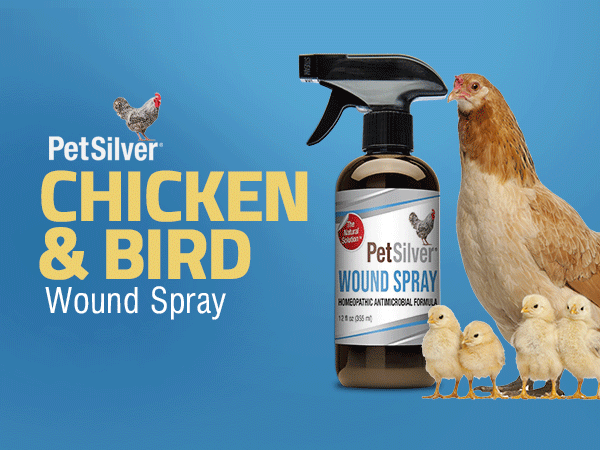
Credit: www.amazon.com
When To Seek Veterinary Help
Knowing when to get a vet for a bird’s wound is very important. Some injuries need expert care to heal well.
This guide helps you spot signs that show the bird needs a vet. Acting fast can save your bird’s life.
Signs Of Complications
If a bird’s wound shows problems, a vet should check it. Signs of complications mean the wound is not healing well.
Look for these signs to know if the wound is getting worse or infected.
- Swelling or redness around the wound
- Discharge that is yellow, green, or foul-smelling
- The bird is scratching or pecking the wound often
- Wound edges that do not close or look raw
- Bird shows signs of pain or discomfort
- Fever or unusual warmth near the injury
Emergency Situations
Some wounds need urgent vet care. These emergencies can be life-threatening for a bird.
Recognize these situations and get help quickly to prevent serious harm.
- Heavy bleeding that does not stop after 5 minutes
- Deep cuts exposing muscles or bones
- Wounds caused by animal attacks or sharp objects
- Bird is weak, shaking, or unresponsive
- Broken bones or wing injuries
- Signs of shock such as pale skin or rapid breathing
Preventing Future Wounds
Birds are delicate and can get hurt easily. Preventing wounds keeps them safe and healthy. You can lower the risk by setting up a safe space and checking your bird’s health often.
Taking these steps helps your bird live a long, happy life without injury. Learning simple habits protects your feathered friend from harm.
Safe Environment Setup
Creating a safe place for your bird stops many accidents. Remove sharp objects and dangerous items from their cage and play areas. Use bird-safe toys and perches to keep them busy and safe.
- Check cages for sharp edges or loose wires
- Remove toxic plants and chemicals from bird areas
- Provide soft bedding and safe perches
- Avoid overcrowding to reduce fights
- Place cages away from windows and drafts
Regular Health Checks
Look over your bird’s body often to find wounds early. Watch for changes in behavior or signs of pain. Keep a health log to track any issues or treatments.
| Check Item | What to Look For | Frequency |
| Feathers | Missing or damaged feathers | Weekly |
| Skin | Redness, swelling, or wounds | Weekly |
| Beak and Claws | Cracks or overgrowth | Monthly |
| Behavior | Changes in eating or movement | Daily |
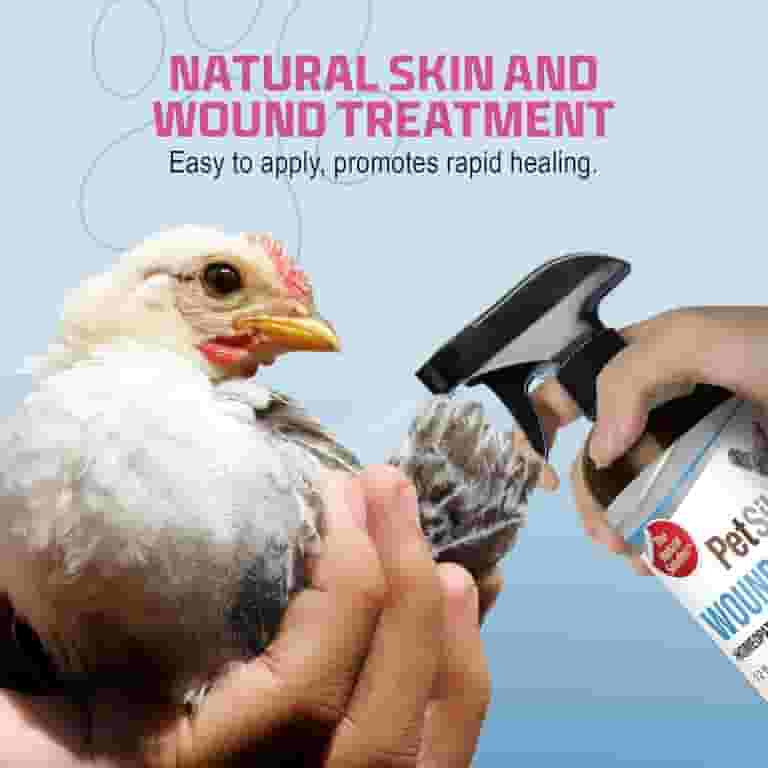
Credit: www.walmart.com
Frequently Asked Questions
How Do I Clean A Bird’s Wound Safely?
Clean a bird’s wound gently using warm water and mild antiseptic. Avoid harsh chemicals. Use a soft cloth or cotton ball to remove dirt carefully. Keeping the wound clean prevents infection and promotes faster healing.
What Materials Help Bandage A Bird’s Injury?
Use sterile gauze pads and non-stick bandages to cover the wound. Secure gently with veterinary tape. Avoid tight wraps to prevent blood flow restriction. Proper bandaging protects the wound from dirt and further injury.
When Should I Seek Veterinary Care For Bird Wounds?
Seek veterinary help if the wound is deep, bleeding heavily, or shows signs of infection. Also, consult a vet if the bird is weak or not eating. Early professional care ensures proper treatment and recovery.
Can I Use Human Antiseptics On Bird Wounds?
Avoid human antiseptics containing alcohol or hydrogen peroxide. These can harm bird tissues. Use bird-safe antiseptics recommended by veterinarians to clean wounds. Safe products minimize irritation and support healing.
Conclusion
Caring for a bird’s wound requires patience and attention. Keep the area clean. Use gentle, bird-safe antiseptics. Monitor the healing process daily. Seek professional help if needed. A vet’s guidance ensures proper care. Always handle your bird with care. Understand its needs.
Calm and steady actions prevent stress. Your efforts make a difference. Birds heal faster with proper care. Remember, their health is in your hands. Treating wounds promptly helps them thrive. With love and care, your bird can recover well. Enjoy the journey of nursing your feathered friend back to health.

